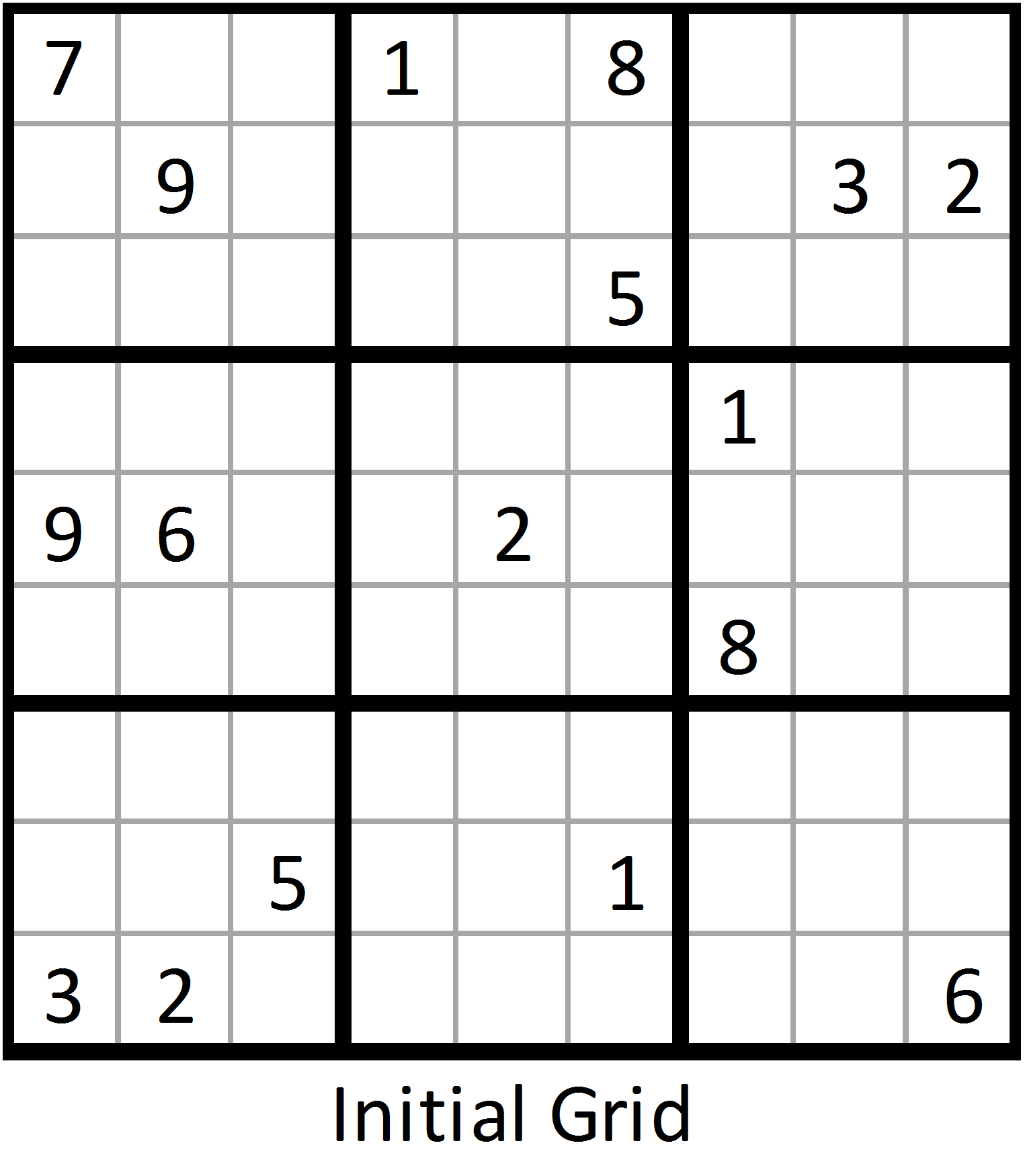

Advanced sudoku tricks manual#
In manual sudoku solving this technique is referred to as pattern overlay or using templates and is confined to filling in the last values only.Ī library with all the possible patterns may get loaded or created at program start. Ī different approach which also uses backtracking, draws from the fact that in the solution to a standard sudoku the distribution for every individual symbol (value) must be one of only 46656 patterns. One programmer reported that such an algorithm may typically require as few as 15,000 cycles, or as many as 900,000 cycles to solve a Sudoku, each cycle being the change in position of a "pointer" as it moves through the cells of a Sudoku. The disadvantage of this method is that the solving time may be slow compared to algorithms modeled after deductive methods.

A Sudoku designed to work against the brute force algorithm. Each cell is tested for a valid number, moving "back" when there is a violation, and moving forward again until the puzzle is solved. Mathematical and Computational Algorithms Backtracking A Sudoku (top) being solved by backtracking. Although some niche communities also exist around trying to find the hardest possible puzzles. In general, puzzle makers aim to strike a balance between challenging the player while maintaining the puzzle fun to solve.
Advanced sudoku tricks trial#
Most published sudoku puzzles of varying difficulties are purposefully constructed to be solvable by a human with pencil and paper techniques, even though it is easier computationally to construct a puzzle without checking if it requires trial and error to solve. There are several computer algorithms that will solve 9×9 puzzles ( n=9) in fractions of a second, but combinatorial explosion occurs as n increases, creating limits to the properties of Sudokus that can be constructed, analyzed, and solved as n increases. Players and investigators use a wide range of techniques to solve Sudokus, study their properties, and make new puzzles, including finding ones with interesting symmetries or other properties. Proper Sudokus have only one unique solution. A Sudoku starts with some cells containing numbers ( clues), and the goal is to solve the remaining cells. Each cell may contain a number from 1 to 9, and each number can only occur once in each row, column, and box. Algorithms to complete a sudoku A typical Sudoku puzzleĪ standard Sudoku puzzle contains 81 cells in a 9×9 grid, further subdivided into 9 separate boxes of 3×3 cells each.


 0 kommentar(er)
0 kommentar(er)
